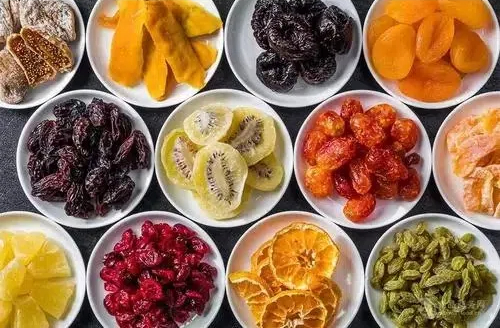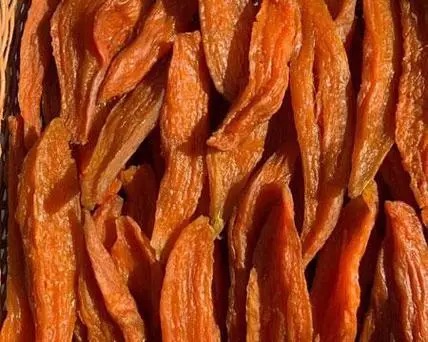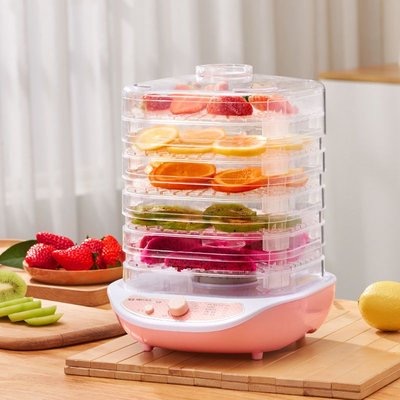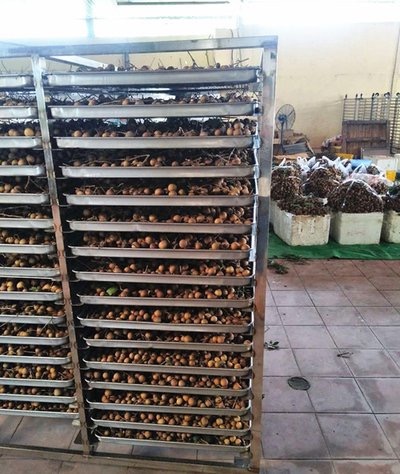
Content Menu
● Introduction
● Understanding Food Drying
● Types of Food Dryers
>> Air Dryers
>> Freeze Dryers
>> Heat Pump Dryers
● The Role of Heat Pump Technology in Food Drying
● Applications of Food Dryers in the Industry
● Choosing the Right Food Dryer
>> Capacity
>> Energy Consumption
>> Features
● Maintenance and Care for Food Dryers
● Future Trends in Food Drying Technology
● Conclusion
● Frequently Asked Questions
>> 1. What is the best type of food dryer for home use?
>> 2. How does a heat pump dryer work?
>> 3. Can I dry meat in a food dehydrator?
>> 4. What foods are not suitable for dehydrating?
>> 5. How can I ensure my dried food retains its nutrients?
Introduction
Food drying is a crucial process in the food industry, allowing for the preservation of various products while maintaining their nutritional value. As a method of food preservation, drying has been practiced for centuries, evolving with technology to meet modern demands. This article explores the different types of food dryers, focusing on heat pump technology, its applications, and future trends in food drying.

Understanding Food Drying
Food drying is the process of removing moisture from food to inhibit the growth of microorganisms and enzymes that cause spoilage. Historically, methods such as sun drying and air drying were common, but advancements in technology have led to more efficient and controlled drying processes.
Types of Food Dryers
There are several types of food dryers available, each with unique features and benefits:
Air Dryers
Utilize warm air to evaporate moisture from food. They are simple and cost-effective but may not provide consistent results.
Freeze Dryers
Remove moisture by freezing food and then reducing the surrounding pressure, allowing the ice to sublimate. This method preserves the food's structure and nutrients but is more expensive.
Heat Pump Dryers
Use heat pump technology to recycle hot air, providing a consistent drying temperature while being energy efficient. This method is gaining popularity in both home and industrial applications.
The Role of Heat Pump Technology in Food Drying
Heat pump technology is revolutionizing food drying by offering a sustainable and efficient solution. Unlike traditional dryers, heat pump dryers do not require external venting, making them versatile for various settings. They operate at lower temperatures, which helps preserve the food's nutritional content while effectively removing moisture.

Applications of Food Dryers in the Industry
Food dryers are widely used in the food processing industry for various applications. Common products that undergo drying include fruits, vegetables, meats, and herbs. The drying process not only extends shelf life but also enhances flavors and textures, making dried foods popular among consumers.
Choosing the Right Food Dryer
When selecting a food dryer, several factors should be considered:
Capacity
Determine the volume of food you plan to dry regularly.
Energy Consumption
Look for energy-efficient models to reduce operational costs.
Features
Consider additional features such as adjustable temperature settings and timers for better control over the drying process.
Maintenance and Care for Food Dryers
Proper maintenance is essential for the longevity and efficiency of food dryers. Regular cleaning, checking for blockages, and ensuring proper airflow can prevent common issues. Users should also familiarize themselves with troubleshooting tips to address any problems that may arise.
Future Trends in Food Drying Technology
The future of food drying technology is promising, with ongoing innovations aimed at improving efficiency and sustainability. As consumers become more health-conscious, the demand for nutrient-preserving drying methods will likely increase, driving further advancements in this field.
Conclusion
Food drying technology plays a vital role in food preservation, offering numerous benefits for both consumers and producers. As technology continues to evolve, heat pump dryers and other innovative methods will shape the future of food processing, ensuring that we can enjoy healthy, preserved foods for years to come.

Frequently Asked Questions
1. What is the best type of food dryer for home use?
The best type of food dryer for home use depends on your needs, but many prefer electric dehydrators for their ease of use and efficiency.
2. How does a heat pump dryer work?
A heat pump dryer works by using a closed-loop system to recycle hot air, which removes moisture from food while maintaining a low energy consumption.
3. Can I dry meat in a food dehydrator?
Yes, many food dehydrators are designed to dry meat, but it's essential to follow safety guidelines to ensure the meat is dried properly.
4. What foods are not suitable for dehydrating?
Foods with high water content, such as cucumbers and lettuce, are generally not suitable for dehydrating as they do not dry well.
5. How can I ensure my dried food retains its nutrients?
To retain nutrients, dry food at lower temperatures and avoid prolonged exposure to light and air.












